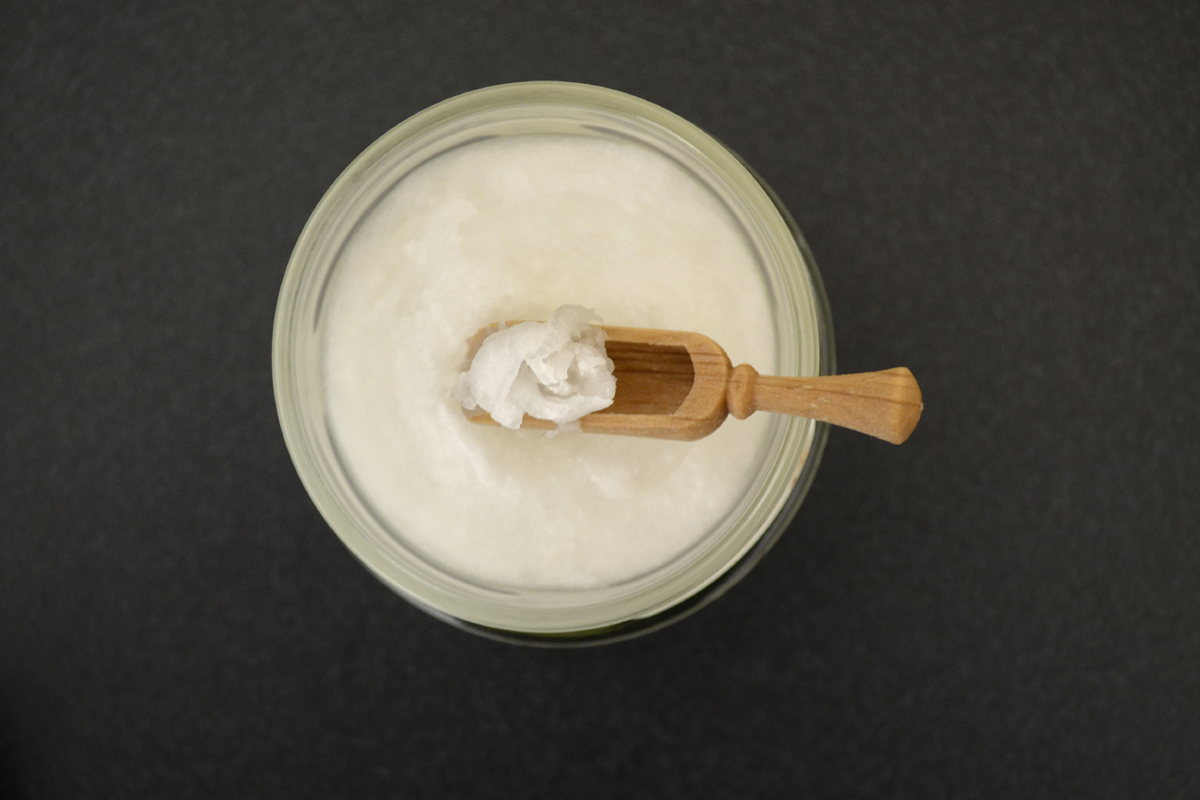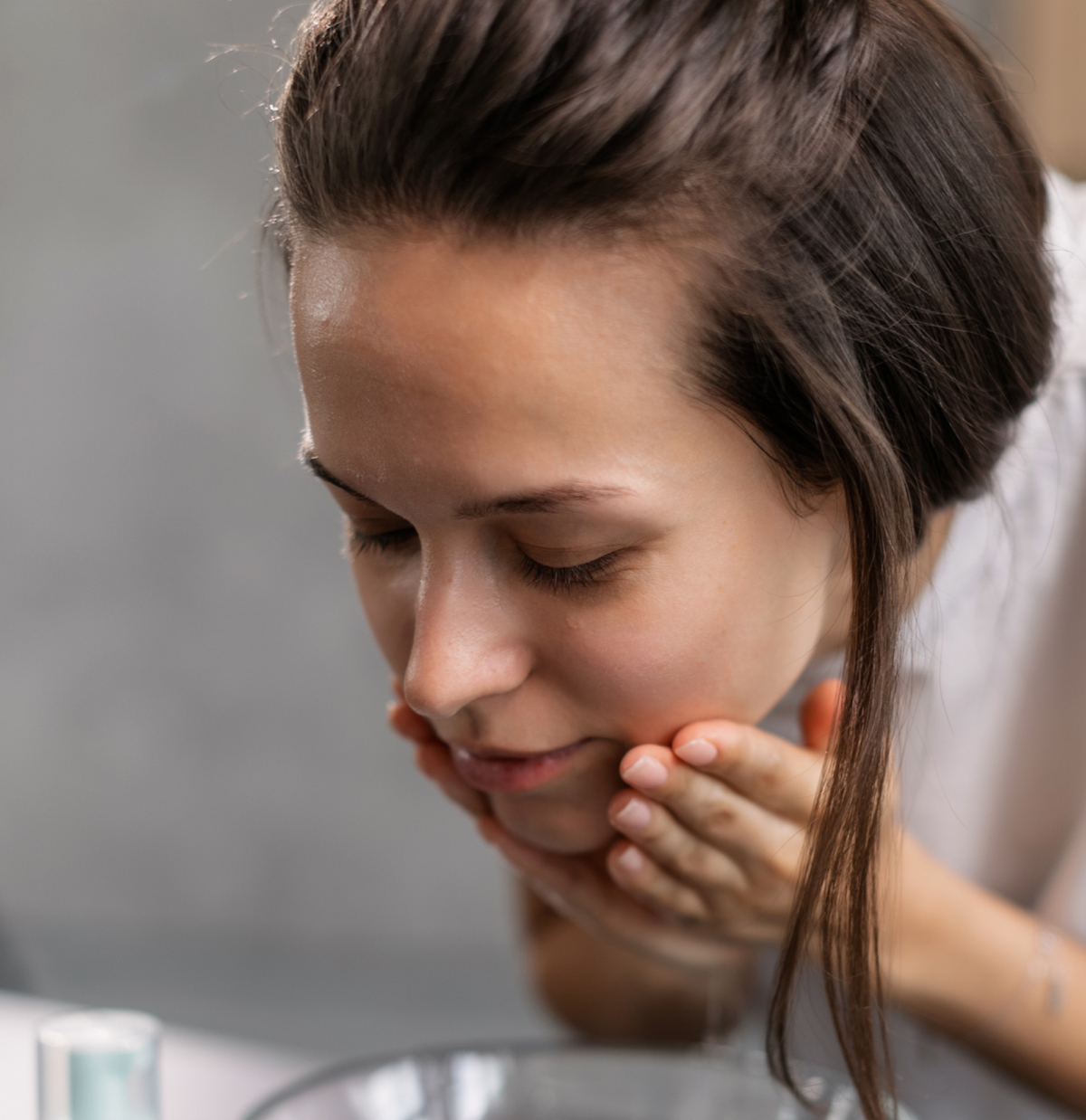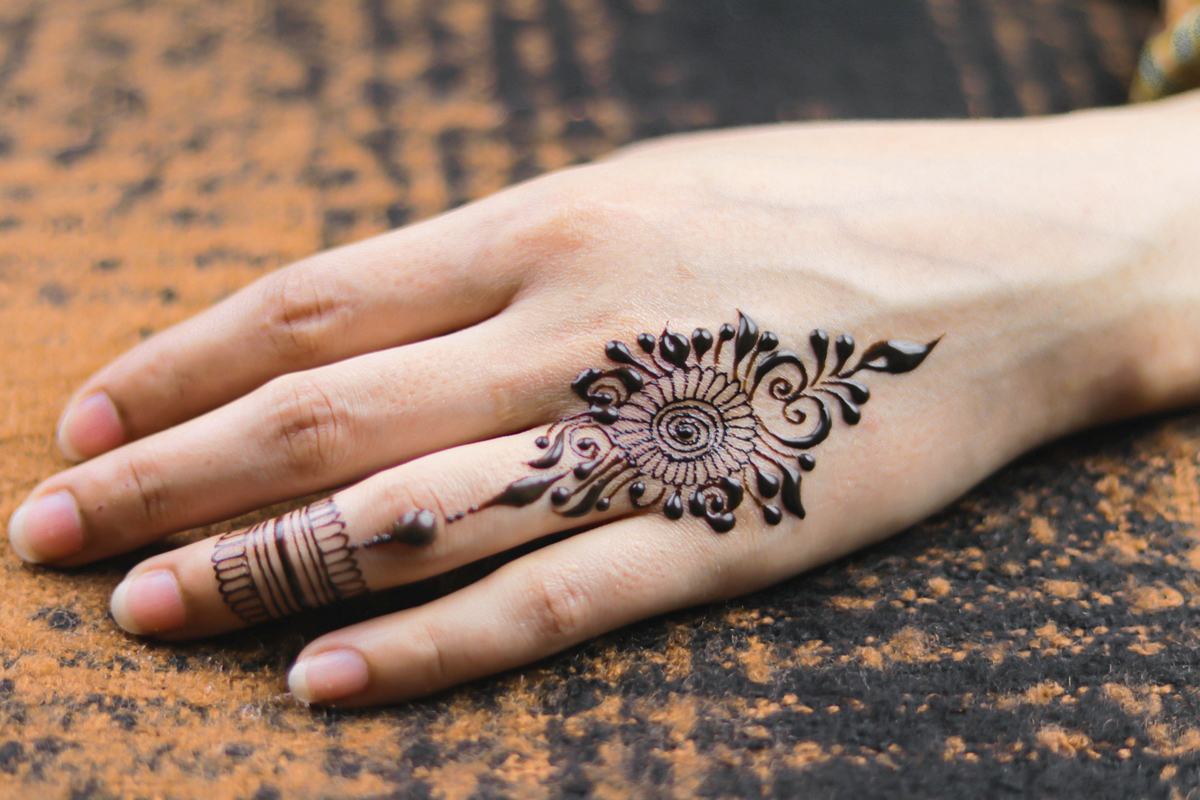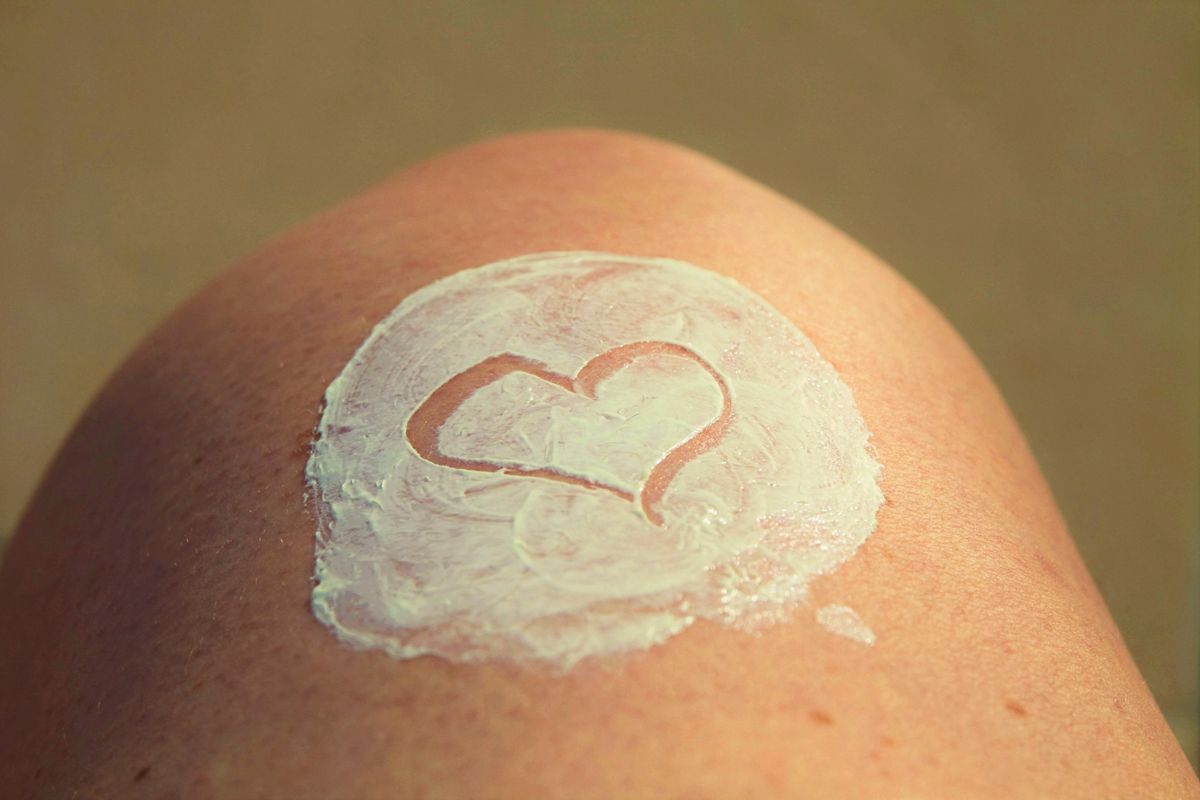Ayurvedic Skin Care: Eating Your Way to Clear Beautiful Skin
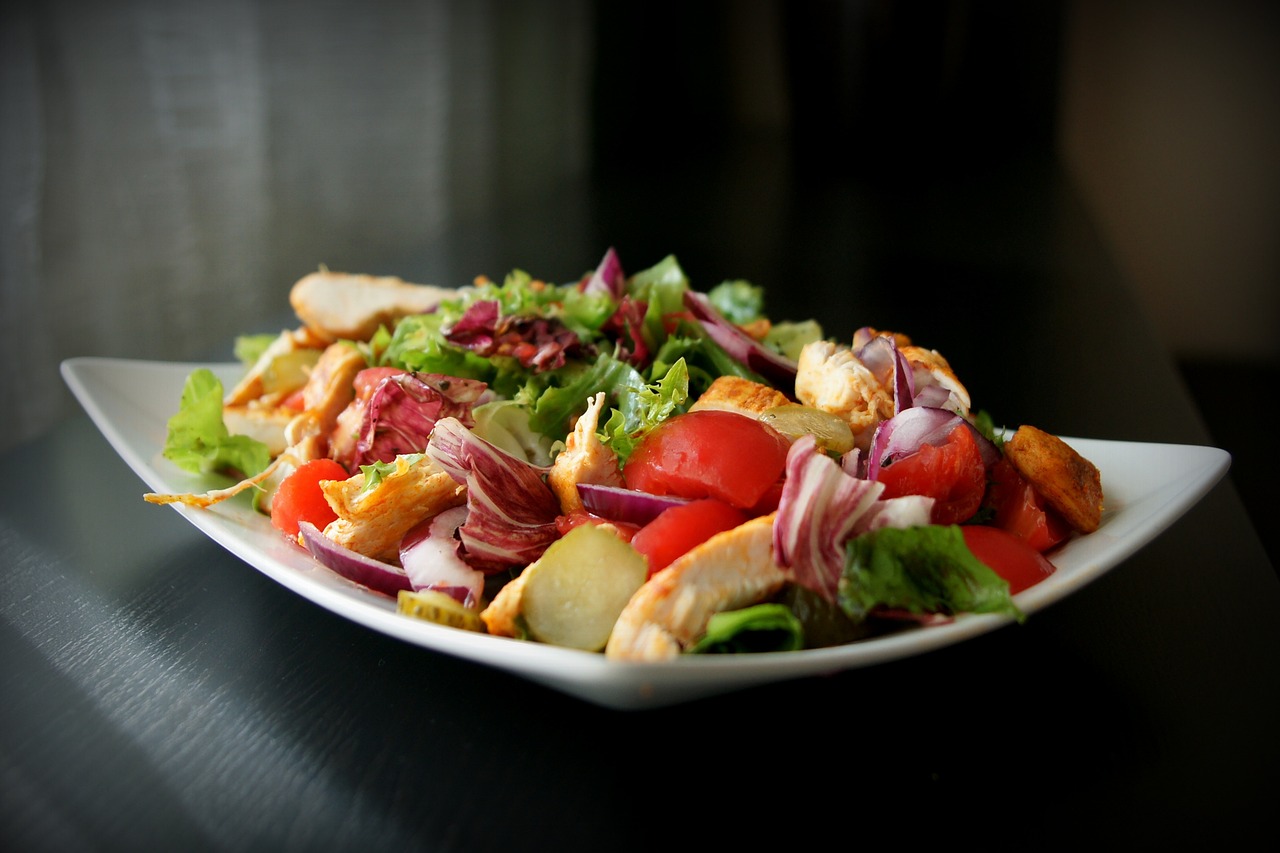
Ayurvedic healers contend that clear beautiful skin on the outside happens only when your insides are clean and toxin-free and you follow a strict daily and weekly external cleansing regimen. With these timeless beauty secrets from Ayurveda, you can keep your skin looking and feeling clear, healthy and radiant.
Your skin is like a mirror: it reflects what’s going on inside. Blemishes, eruptions, patches and sallow skin are often related to inappropriate diet or lifestyle choices that lead to accumulation of dietary toxins, called ama in Ayurveda. Following a skin-friendly diet, making sure your digestion-absorption-elimination cycle is efficient and supplementing with skin-friendly herbs help your skin look clear, radiant, healthy and youthful.
In general, choose foods that are appropriate for your constitution and the season. Eat lighter meals, space out your meals so that one meal is digested before you introduce another into your system, and choose whole fresh foods.
Here are seven simple dietary recommendations that will help keep your insides cleansed, and lead to a clear glowing complexion that will turn heads:
1. Start your day with a mug of hot water into which the juice of half of one lemon has been freshly squeezed. Lemon is anti-bacterial, promotes regular elimination and helps flush toxins from your system. If your skin tends to be oily, a second drink of lemon water in the afternoon can be helpful. Vata and Pitta skinned individuals can start the day with a handful of raisins that have been soaked in water the previous night. Raisins help promote regularity.
2. Have two or three herb/spice tea breaks during the day. Choose from fennel, mint, cumin, fresh ginger root, aniseed, cardamom, rosehips and cinnamon. Ayurvedic herbs that are known for their cleansing properties include Neem, Indian Sarsaparilla, Turmeric, Indian Madder (Manjistha) and Marshmallow Root. These herbs cleanse the blood and help support the liver in its efforts to keep your system free of toxins.
Basic Cleansing Spice Tea:
- 1/8 tsp cumin seed (whole)
- 1/2 tsp fennel seed (whole)
- 2 fresh mint leaves (spearmint or peppermint)
Bring a large cup of pure water to a rolling boil. Add the whole spices, turn off heat, cover and steep for 5 minutes. Strain and enjoy warm or at room temperature.
Optional additions for persons with Vata skin: 1/8 tsp minced fresh ginger root or 1 tiny stick Chinese cinnamon or one green cardamom (whole) crushed lightly to break open the skin. Add a pinch of Indian Sarsaparilla or Marshmallow Root (tea-cut leaf is best, but powdered is acceptable).
Optional additions for persons with Pitta skin: 1 organic food-grade rosehip or 1/4 tsp aniseed or one green cardamom (whole) crushed lightly to break open the skin. Add one pinch of Neem or Marshmallow Root.
Optional additions for persons with Kapha skin: 1/8 tsp minced fresh ginger root or 1 tiny stick Chinese cinnamon or 1 peppercorn. Add one pinch of Neem or Indian Madder or Turmeric.
The teas are fragrant and flavorful, but if you find you need a sweetener, stir in a dash of honey for Kapha or a pinch of raw sugar for Vata or Pitta.
3. At lunch, include a portion of raw vegetable salad to your meal. If your digestive fire is very dim, you may want to wait until it is stronger, since raw foods are harder to digest and the benefit of eating the salad is only derived when your system is able to digest the assimilate the nutrients. Chop the veggies fine or grate them. Stick to high-water content vegetables that are easier to digest, such as lettuce, carrot, cucumber, daikon radish (which is revered by Ayurvedic healers for its purifying properties), fennel bulb and tops and very tender asparagus tips. These vegetables are tridoshic: they are good for all types of skin. Combine at least 3 and enjoy with a simple olive oil-lemon juice dressing.
Cruciferous vegetables, although very purifying and skin-friendly, are harder to digest and should be steamed before they are eaten. If you are an individual with Vata skin, minimize consumption of cruciferous vegetables. For Pitta and Kapha skin, broccoli, cabbage, cauliflower and Brussels sprouts can be steamed and dressed with an olive-oil/lemon juice dressing for a cooked lunchtime salad.
4. Dry-roasted seeds are rich in nutrients and good essential oils. They offer natural lubrication and are recommended for all types of skin (in small quantities for persons with Kapha skin). Sesame seeds, melon seeds or sunflower seeds can be dry-roasted and sprinkled on top of salads and soups for a nice crunch.
5. Persons with a less fiery digestion can enjoy the benefits of skin-friendly vegetables by combining them in detoxifying soups. Steam-cooked cauliflower or broccoli can also pureed with a little organic rice milk to make a hearty dinnertime soup for Pitta or Kapha-skinned persons. Steam-cooked whole or cooked pureed asparagus is extremely beneficial for all types of skin.
6. Include at least one helping of a leafy green vegetable a day. Pick only the freshest greens, wash thoroughly and shred large leaved varieties into fine slivers before cooking. Persons with Kapha skin can benefit from the addition of peppery greens such as mustard, and persons with Pitta skin from the addition of a bitter green such as fenugreek or tender dandelion. Steam-cook your greens until just done and drizzle with a little olive oil or sauté them in olive oil and your choice of spices. Leafy greens help nourish, protect and detoxify the skin.
7. Stick to skin-friendly oils and avoid foods that contain trans-fats. While bad fats lead to clogged skin pores, breakouts and a sallow appearance, healthy oils can actually enhance skin health, clarity and luminescence. This is especially so if you have Vata skin, which tends to be naturally dry and rough and prone to flaking easily. Ayurvedic healers recommend ghee, which is clarified butter – butter with all the milk solids removed. Extra-virgin olive, sesame or walnut oil are other good choices. Ghee has the advantage of being able to be heated; other oils should be drizzled over cooked foods.
The Author:
Shreelata Suresh is a yoga instructor from the Bay Area. She writes on yoga and Ayurveda.

